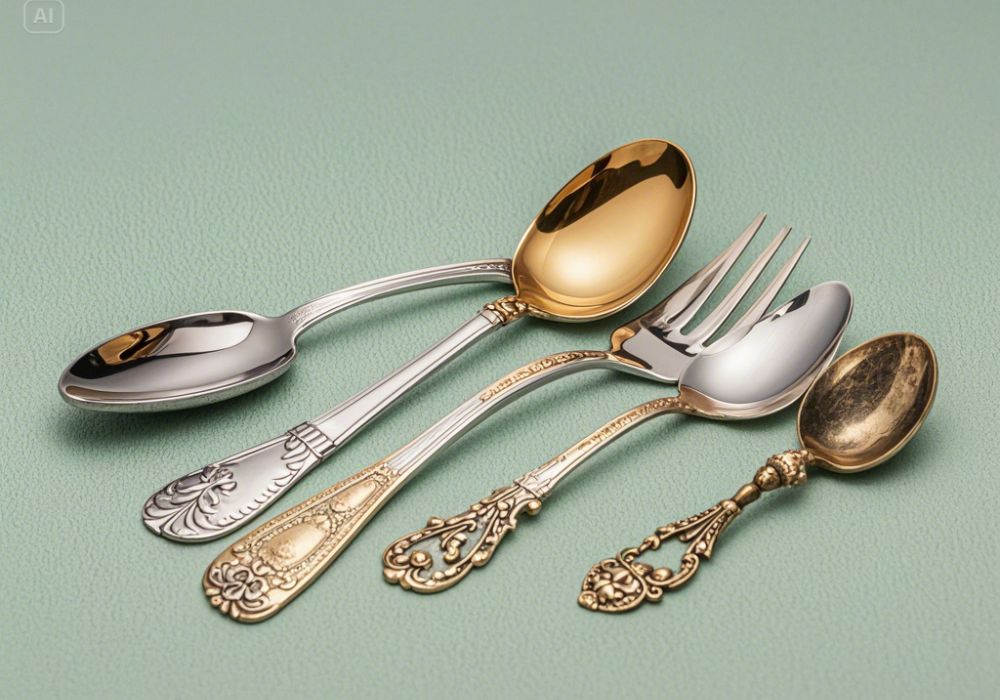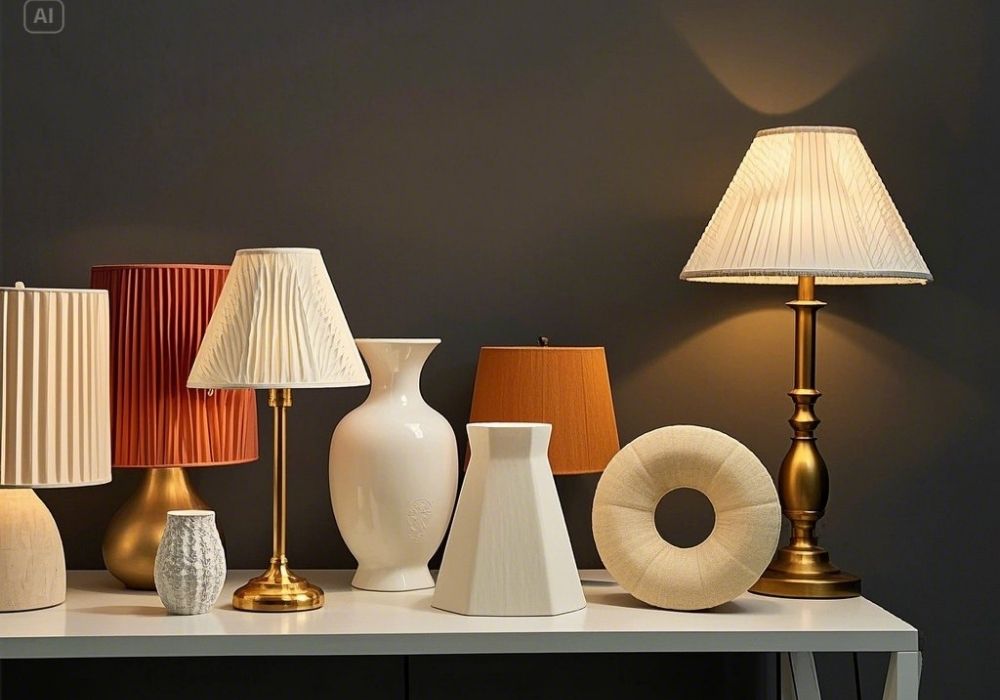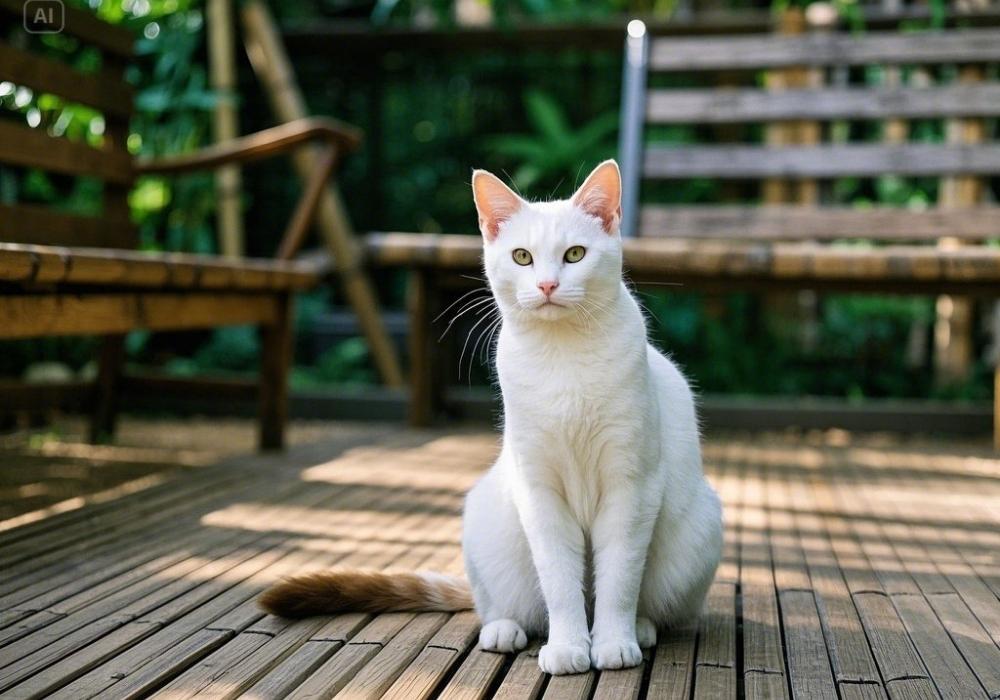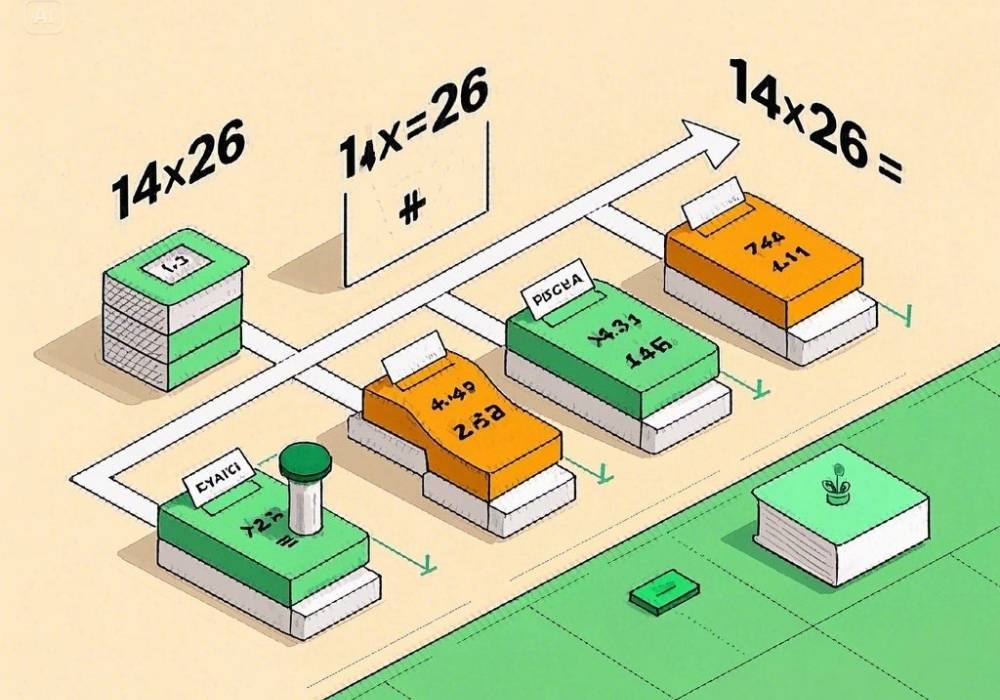Tea enthusiasts, antique collectors, and silverware aficionados have a knack for uncovering items steeped in history. Among these treasures is the caddy spoon, a unique artifact with a rich heritage that has captivated collectors and enthusiasts alike. But what exactly is a cady spoon? And why is it so revered across various collector spheres?
This article will guide you through the history, design, uses, and collectibility of the charming cady spoon, a fascinating relic from tea culture’s golden days. Whether you’re a tea connoisseur, an antique enthusiast, or intrigued by unique pieces of craftsmanship, this guide will introduce you to everything you need to know.
A Glimpse Into the History of the Cady Spoon
Cady spoons first emerged in the late 18th century in Britain, during an era when tea was a precious commodity. The term “cady” originates from the word “caddy,” which refers to the ornate storage jars or boxes used to store loose-leaf tea. These containers often included a teaspoon for measuring—this measuring spoon is what we now recognize as the cady spoon.
During the Georgian and Regency periods, tea was incredibly expensive and reserved for the upper echelons of society. Tea measurement was an essential practice to ensure every precious leaf was used efficiently. Caddy spoons were not merely functional objects; they were also fashionable accessories that showcased a household’s elegance and wealth. This combination of functionality and ornate design cemented the cady spoon as a status symbol.
What Does a Cady Spoon Look Like?
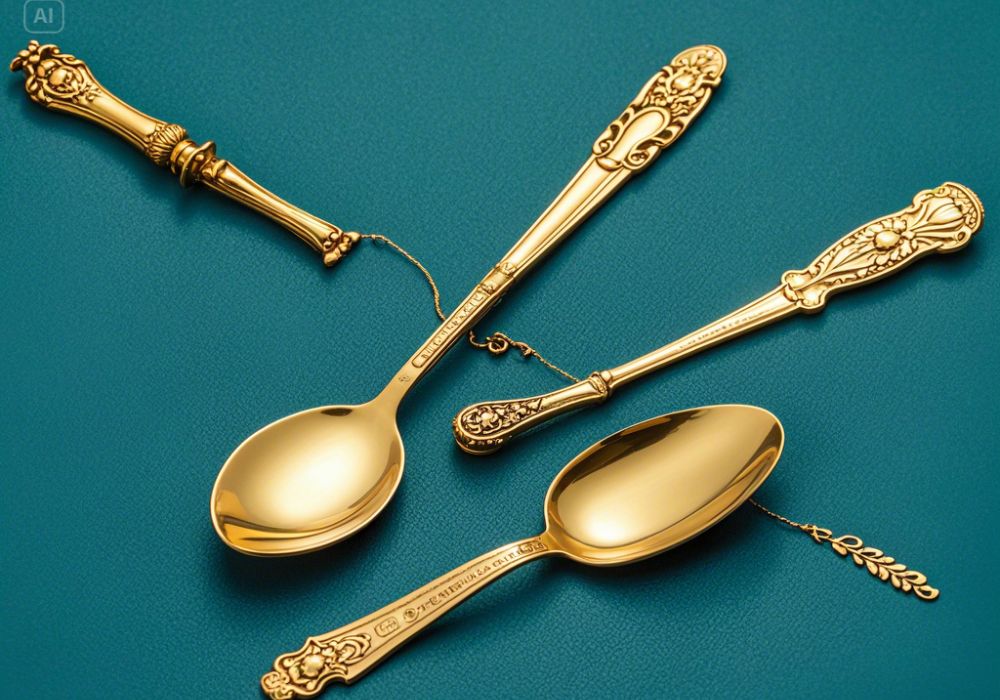
The design of a caddy spoon is another reason for its enduring allure. Unlike today’s standard teaspoons, cady spoons often feature intricate and elaborate designs made to impress guests during tea sessions.
Key Characteristics of a Cady Spoon:
- Short Handle, Large Bowl: Cady spoons are typically small in size, with short but often decorative handles and generously sized bowls designed to scoop loose tea.
- Material: High-quality cady spoons were often made from sterling silver, but other metals such as brass or pewter were also used. Modern reproductions may include materials like stainless steel or even wood.
- Elaborate Detailing: Many antique cady spoons are adorned with ornate patterns, from floral motifs to engraved family crests. Some even have pierced designs or repoussé (a metalworking technique that creates a raised, embossed effect).
Caddy spoons were designed for aesthetic appeal as much as practicality and often reflected contemporary tastes, with influences seen from Georgian elegance to Victorian opulence.
The Practical Uses of a Cady Spoon
At its heart, a caddy spoon was—and still is—a functional tool. Its primary purpose was to measure loose-leaf tea from a tea caddy into a teapot. The shape of the spoon’s bowl was perfect for scooping and pouring tea evenly without waste.
Today, while modern innovations like pre-bagged tea have overtaken loose-leaf tea in most households, cady spoons remain a beloved accessory among traditionalists and tea enthusiasts. A morning or afternoon ritual featuring loose-leaf tea feels more elegant and refined with a timeless cady spoon by your side.
Why Are Cady Spoons Collectible?
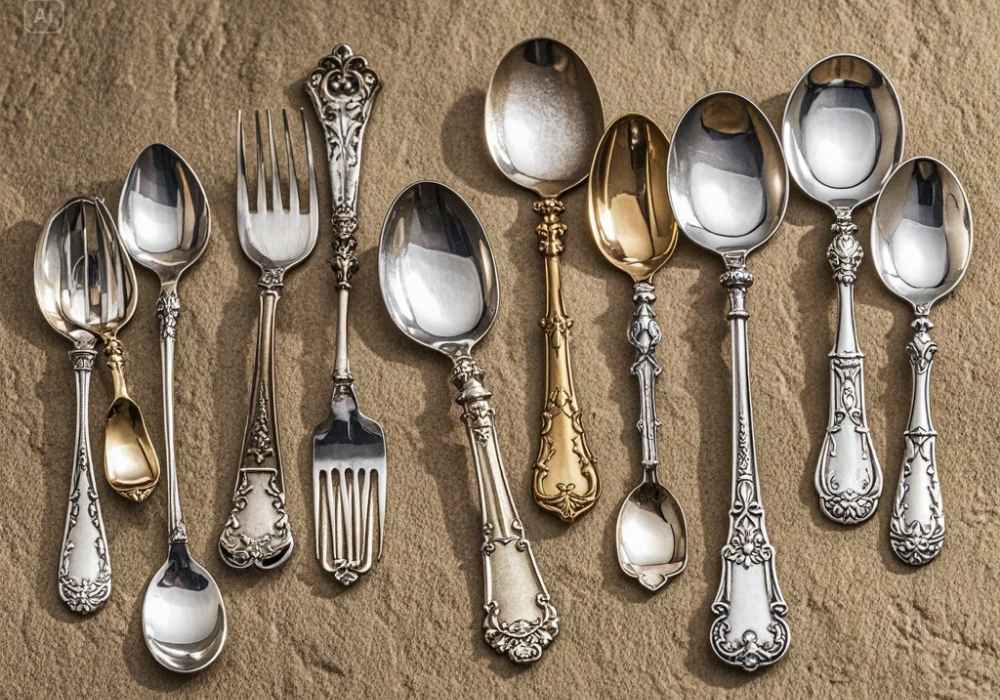
For antique collectors and silverware enthusiasts, cady spoons hold significant value. These spoons are not only functional but are considered significant historical artifacts that capture the artistry and customs of a bygone era. Here’s why they’re so collectible:
1. Historical Significance
Cady spoons reflect the evolution of tea culture and its role within society. Owning such a piece connects the collector to a time when every tea session was ritualistic and meaningful.
2. Variety and Craftsmanship
Each spoon tells its unique story, with antique versions showcasing intricate handcrafted designs. The diversity in styles, patterns, and materials makes each spoon a sought-after gem.
3. Scarcity
Since cady spoons were specific to a historical period, fewer authentic antiques remain available today. This rarity significantly increases their allure for serious collectors.
4. Investment Potential
Like many antiques and silver items, cady spoons can be appreciated over time, especially those crafted by renowned silversmiths during the Georgian and Victorian eras.
For budding collectors looking to enter the world of antique silverware, a cady spoon can be an excellent starting point.
How to Identify an Authentic Cady Spoon
Buying an antique cady spoon requires knowledge and diligence to ensure authenticity and value. Here’s a quick guide to help you find the real deal:
- Examine the Silver Hallmarks: Genuine sterling silver spoons will feature hallmarks indicating the purity of the silver and often the maker’s mark, date, and place of origin.
- Look for Wear and Patina: Authentic antique cady spoons will show signs of their age, such as patina, minor scratches, or gentle wear from use.
- Research the Maker: Spoons with hallmarks from renowned silversmiths like Paul Storr or Hester Bateman often command higher value and desirability.
When shopping for cady spoons, always purchase from reputable antique dealers or auction houses to guarantee authenticity.
Modern-Day Interest in Cady Spoons
Interestingly, cady spoons have found a new audience among eco-conscious consumers and fashion enthusiasts. With ongoing efforts to reduce waste in tea packaging, many tea drinkers are returning to loose-leaf tea for its sustainable appeal. Cady spoons naturally complement this shift, offering both functionality and charm.
They’ve also become a popular gift item, loved for their vintage aesthetic and unique history. Whether displayed in a kitchen or used for their intended purpose, cady spoons bring a touch of elegance to any setting.
Caring for Your Cady Spoon
To preserve your cady spoon, especially if it’s made from precious metals like sterling silver, proper care is essential. Here are a few tips:
- Polishing: Use a non-abrasive silver polish to maintain shine while avoiding scratches.
- Storage: Store your spoon in a velvet-lined box or protective fabric to prevent oxidation or damage.
- Use: If regularly used, wash gently with warm, soapy water and avoid harsh chemicals that may tarnish or damage the metal.
A well-maintained cady spoon can last generations, making it a worthy heirloom piece.
Adding a Cady Spoon to Your Collection
Whether you’re a tea sommelier curious about enriching your brewing experience or an antique collector with an eye for finer details, a cady spoon can elevate your collection. Each spoon is a small yet meaningful slice of history—a tangible connection to traditions that define tea and social culture.
From practical use to decorative appeal, the caddy spoon is far more than just another piece of flatware. It’s an emblem of craftsmanship, elegance, and heritage.
Consider attending antique fairs, exploring online marketplaces, or visiting reputable silver dealers to discover your first (or next) cady spoon. And if you’re not quite sure where to start, consulting with a qualified appraiser can help you find a piece that aligns with your preferences and budget.







